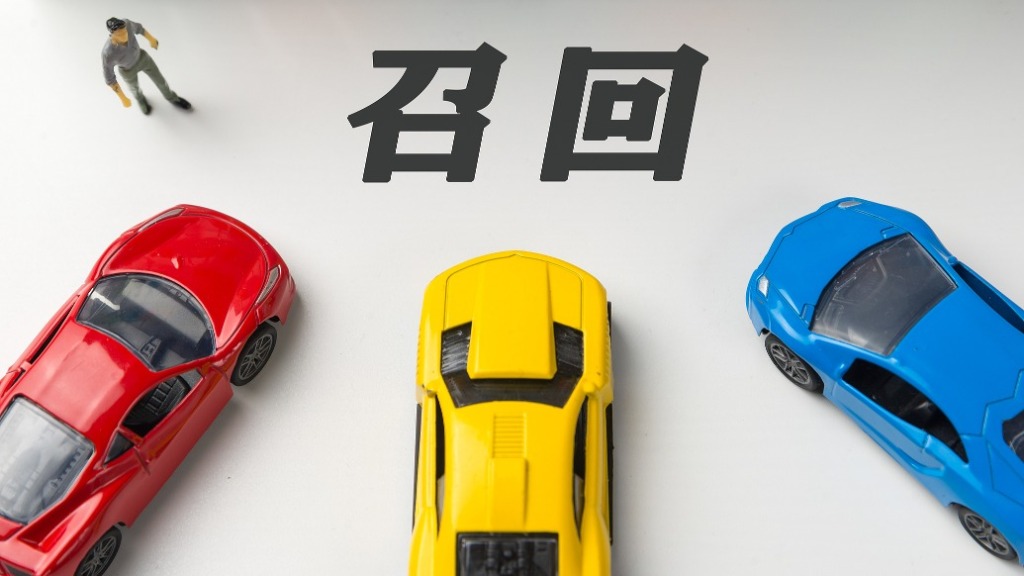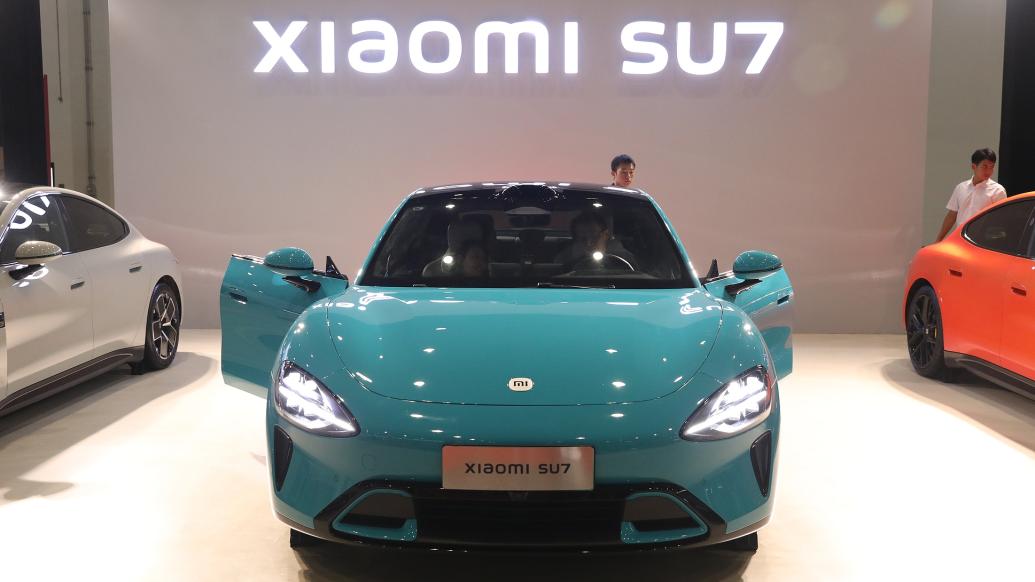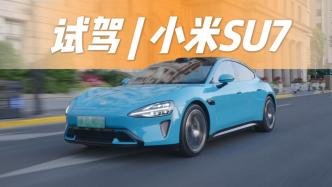
On January 24, an announcement released on the website of the State Administration for Market Regulation showed that many automakers including Xiaomi, Jiangsu Yueda Kia, Genesis, Hyundai, and BMW released recall information on the same day.

The vehicles recalled by Kia, BMW, Genesis, Hyundai and other automakers include hardware and software issues. For example, the BMW i3, i5, iX3 and other models may cause the bevel gear shaft to move out due to abnormal installation of the bevel gear shaft lock ring inside the differential in the electronic drive unit, which may cause the differential to have abnormal noise or oil leakage. In extreme cases, the vehicle may lose driving force and the parking lock may not work properly, posing a safety hazard. This is a hardware problem.
Kia EV5, EV6 and Genesis GV60, GV70 and other models under the same group may have internal components damaged due to software problems in the integrated charging control module (ICCU), and the vehicle cannot charge the 12V battery, which causes the vehicle speed to be gradually limited after the warning light comes on, and the vehicle loses power after a period of time, posing a safety hazard. This is a software problem.
Among the multiple recall information released on the same day, the most concerned one was the recall of more than 30,000 Xiaomi SU7s. On the one hand, Xiaomi Auto, as an online celebrity brand with a huge basic audience, reached its peak in 2024 and became a new car-making force that "achieved 100,000 deliveries the fastest", with a much higher voice and attention than traditional car companies. On the other hand, its recall volume is also a rare scale among new forces, and Xiaomi has also become a new force that "achieved 30,000 recalls the fastest".
Specifically, Xiaomi Motors recalled a total of 30,931 SU7 standard electric vehicles produced between February 6, 2024 and November 26, 2024. Due to software policy issues, some vehicles within the recall range may cause abnormal timing synchronization, affect the detection of static obstacles by the smart parking assistance function, increase the risk of scratches or collisions, and pose a safety hazard.
According to incomplete statistics, there are approximately 70 accident cases related to this defect.
One example is: a car owner drove the Xiaomi SU7 Standard Edition home as usual, and turned on the automatic parking function after entering the underground garage. During the automatic parking process, the vehicle suddenly hit the pillar next to the parking space. Before the collision, the reversing radar did not identify the obstacle, and the anti-collision warning alarm did not sound. After the collision, the automatic parking program did not stop, and the vehicle continued to add gas, causing the rear of the vehicle to deform and wear out severely.
At that time, the owner said that since purchasing the Xiaomi SU7 standard version in April 2024, he has used the automatic parking function at the same location and the same parking space for no less than a hundred times, and there has never been a problem. After the accident, he immediately contacted Xiaomi customer service to report the accident. At first, Xiaomi customer service said that the owner himself needed to report to the insurance company. But that night, he found on the social platform that several Xiaomi SU7 owners had the same accident.
On the technical level, an industry engineer said that from the word "may" in the recall notice, it can be seen that the fault point of the current Xiaomi parking accident has not been accurately located, and it is doubtful whether it can be completely repaired. The abnormal synchronization of the timing problem is a software strategy problem. The engineer inferred that there may be design flaws in the vehicle's infrastructure. "It shows that in the software development process, cost-effective development was carried out." He suggested that it is necessary to check from the bottom and re-sort and optimize the code. "Simply treating the symptoms will only cover up the basic problems, and many faults that cannot be reproduced will occur. It is easy to have 'ghost fault codes', and there may be more inexplicable collisions or scratches, and it will be more difficult to judge the faults and responsibilities."
According to information released by Xiaomi, this hidden danger has been eliminated through OTA (Over-the-Air Technology).
Regarding this point, it is worth noting that some opinions on social media do not understand the difference between OTA and recall. There are even a large number of questions and opinions such as "If OTA can solve the problem, it is not a big problem, so why recall it?"
A technology blogger named "Xixi Da Ren" who has 760,000 followers on Sina Weibo said, "If it is just software, there is no need for a recall, and an OTA can solve the problem."

Another digital blogger named "Guo Ju" with 839,000 followers said, "Is this the result of the last automatic parking and reversing into the wall? The announcement said that remote OTA can solve the problem, so why is there a recall? Is there a hardware problem?"

In fact, as early as 2020, the State Administration for Market Regulation issued the "Notice of the General Office of the State Administration for Market Regulation on Further Strengthening the Supervision of Automotive Remote Upgrade (OTA) Technology Recalls", Article 2 of which states: If a manufacturer uses OTA to eliminate defects in automotive products and implement recalls, it should formulate a recall plan in accordance with the requirements of the "Regulations" and "Implementation Measures", file it with the Quality Development Bureau of the State Administration for Market Regulation, and perform the main recall responsibilities in accordance with the law. If the OTA method fails to effectively eliminate defects or causes new defects, the manufacturer shall take recall measures again.
Article 4 states: If consumers, parts manufacturers, software and system or data service providers learn that manufacturers use OTA to conceal vehicle defects and evade recall responsibilities, they can report directly to the Quality Development Bureau of the State Administration for Market Regulation.

In short, OTA cannot replace recall, and recall is not only required for hardware problems.
As a rapidly growing new car-making force, Xiaomi Auto's achievements are obvious to all. Undoubtedly, the recall reflects "corporate responsibility", but responsibility does not mean that product problems do not exist. In the era of fast-food car manufacturing, cars are manufactured like electronic consumer products, and their upgrade and iteration methods are also achieved through OTA to achieve "frequent use and constant newness". This product concept passed down from the technology industry, to a certain extent, allows users to try new technologies earlier, but the safety standards of cars and electronic consumer products are "very different". Whether it is technology giants making cars, or media and bloggers crossing over from the digital circle to the automotive circle, the seriousness of product evaluation and the rigor of safety standards should be re-anchored, rather than allowing the remarks of "OTA can't solve big problems, why recall" to affect the cognitive level of the entire industry.


